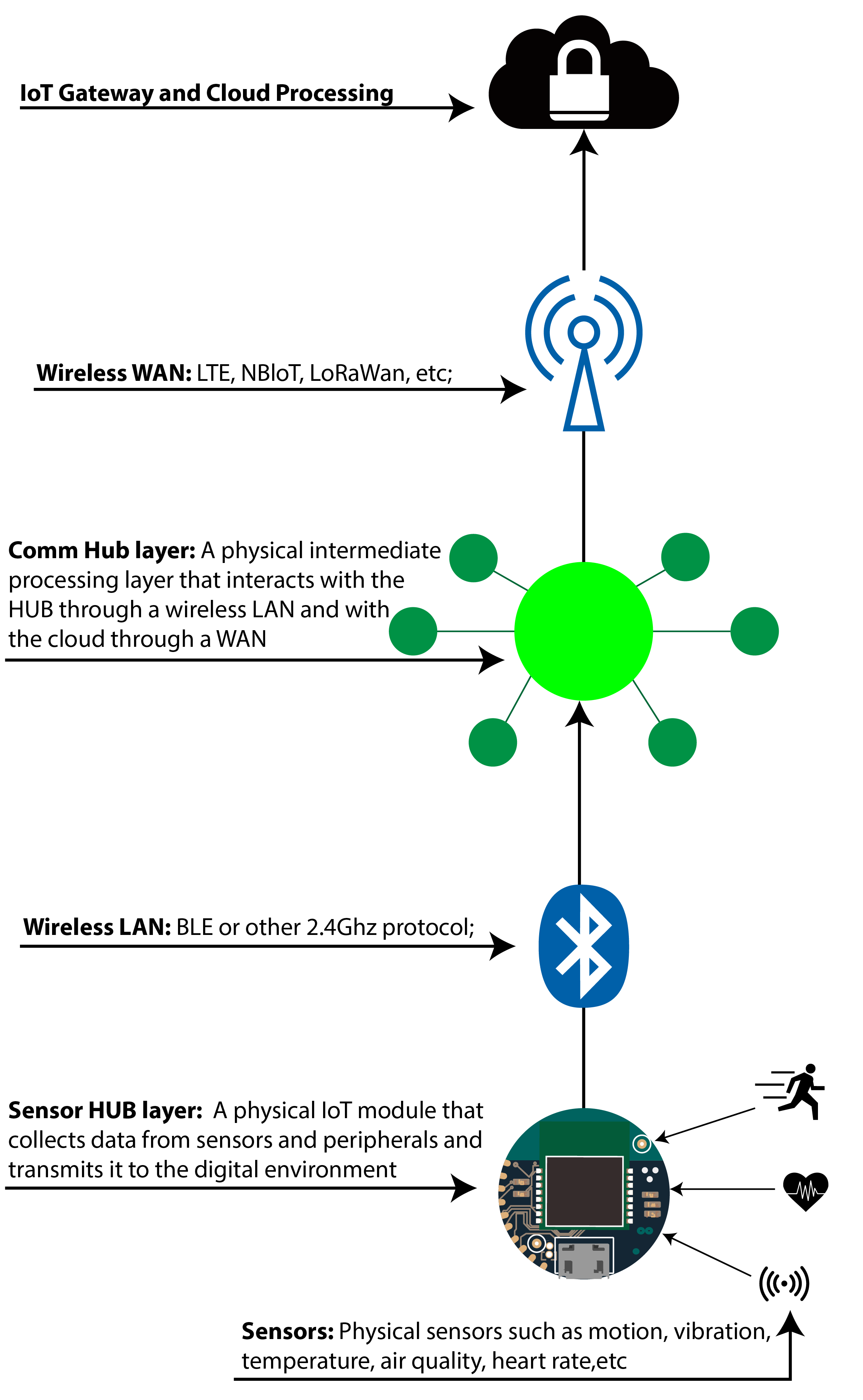Introduction In the realm of smart agents, prompts function as...
Read MoreThe applications of wireless communication methods such as the ever-popular Wi-Fi and Bluetooth have changed ordinary systems as we know them. Sitting on your everyday train on a commute from one city to the next – instead of getting bored by the journey, you use the wireless system the train has in place: a service that lets you choose from hundreds of audios and videos to stream, provides real-time information about the train schedule, and even shows and transmits details of all passengers currently on board.
Thirty years ago the merest concept of something like this was deemed impossible. Today, the use of wireless communications systems in IoT is an extremely useful and customer-friendly feature.

Data and communication driven systems
Any data driven system needs to perform one or more of the following functions:
- Collect and transmit data
- Control another system or become controlled
- Interact with humans
- Interface with other physical machines
- Communicate with the digital space.
There are two fundamental types of protocols that smart and data driven systems use: wired protocols such as USB, ETHERNET, SPI, I2C and wireless such as BLE, WIFI, THREAD, LORA, and LTE. The obvious initial key factors while building a new product are to sort through the sea of protocols, and to choose the ones that best fit system requirements. In most cases however, this process becomes exceedingly difficult due to factors like system complexity, a variety of options and a lack of experience.
The following example presents a typical IoT system which needs to sample data from machines and pass it to the digital space. It contains the following elements:
- Multiple sensors placed in various locations to measure machine state
- A data transfer layer to communicate the state (click here to read about the different layers in IoT)
- Data processing to analyze the state
- Human machine interface to present results and business intelligence
Applications for such systems are numerous – preventive and predictive maintenance in plants, crop fields monitoring, air quality in cities etc. Below, we will present one simplified example of the applications of wireless communication in infrastructure design. The process itself – for real cases – is much more complex.
How would you design an IoT communication system?

To start off, the system will be divided into the three following layers:
- Endpoint layer – Contains physical sensors and peripherals (devices that may use a microcontroller) to sample data such as temperature, humidity, pressure, sound, motion and vibration.
- Sensors hub – Used for first data processing and the transfer layer. The hub is connected to the sensors through wired and wireless local area networks. It combines the data, processes it, and transmits it to the upper layers.
- Node – Used for second data processing and the transfer layer. A node interacts with multiple hubs; it receives the data on a local area network and transfers it through a wide area network to the digital space.
Each layer communicates with its adjacent layers using dedicated protocols.
The choice of protocols depends on the requirements of each layer: initial interaction between sensors and hub is usually done through serial interfaces such as I2C, SPI, UART etc. Though usage of wireless protocol such as BLE is also possible (when, for example, the sensor is not accessible, or wiring infrastructure isn’t possible).
The hub communicates with the node using the BLE 4.x / 5.0, Thread or Subgiga protocols which guarantees low power consumption for battery powered devices. BLE 4.2 supports robust data security; BLE 5.0 extends the communication range and lowers power consumption; Thread allows mesh topology. Proprietary protocols would limit the ability to use mobile devices for system monitoring (e.g. for system inspection purposes) but increase performance and optimization. The “2nd layer” network is local, where each node communicates with multiple hubs (theoretically hundreds) using a star topology (though mesh is an interesting possibility to explore) with the node acting as the central and the hubs as peripherals. With an adequate design, distances between hub and node can reach hundred of meters (Line-of-sight), a typical range being tens of meters.
The 3rd communication layer in this example connects between the hubs and digital space using a Wide Area Network protocol. Distances between elements in this network can reach tens of kilometers, thus it is based on cellular protocols such as LTE, NBIoT, or Subgiga protocols such as LoRAWAN (where supported). The entire system uses an enhanced star topology with three layers – endpoints to hub, hubs to node, and nodes to digital gateway. This topology is simple yet can support thousands of elements.
More Posts
Unleashing the Future: Crafting Your Very Own Smart Agents
Introduction As we witness the rapid evolution of artificial intelligence...
Read MoreMy first commandment for product manager – Product-Market-Fit
My first commandment for product manager Product-Market-Fit Last Updated: 16...
Read More


